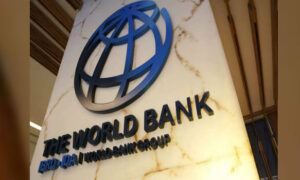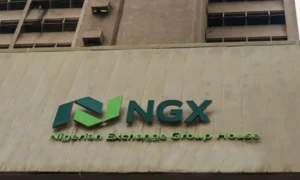Liquidity conditions in the money market opened last week on a buoyant note with opening balances exceeding N1.7 trillion.
System liquidity was further supported by over N300 billion in OMO maturities, N2.2 trillion in FAAC inflows, and N79 billion in treasury bills maturity.
An additional N200 billion OMO repayment also contributed to the liquidity build-up.
Against this backdrop, banks with idle balances leaned heavily on the CBN’s Standing Lending Facility (SLF) window to park funds, reflecting muted credit demand in the interbank market.
Despite the liquidity surge, funding rates remained largely stable.
Overnight NIBOR was unchanged at 26.83% from last week’s close, while the 1-month tenor eased by 11bps.
The 3-month and 6-month NIBOR tenors edged slightly higher by 2bps and 10bps respectively.
Similarly, the policy-sensitive OPR was flat at 26.50%, while the Overnight rate closed a notch lower at 26.95%.
Yields in the Nigerian Interbank Treasury Bills True Yield (NITTY) segment, however, declined sharply across the curve, pressured by renewed demand amid this week’s NTB issuance aimed at mopping up liquidity.
Rates crashed by 83bps, 124bps, 106bps, and 128bps to 15.82%, 16.41%, 17.63%, and 19.27% respectively.
In contrast, the secondary market for treasury bills experienced mild selling pressure, pushing average yields 130bps higher to 18.48%.
Meanwhile, the NTB auction of September 17, 2025, reflected sustained investor appetite across all maturities.
Total subscriptions amounted to N1.59 trillion against N290.0 billion on offer, underscoring the depth of liquidity in the system.
The 91-day and 182-day papers cleared at 15.00% and 15.30% respectively, while demand was heavily skewed toward the 364-day instrument, which drew bids of N1.48 trillion versus an offer of N200.0 billion.
The tenor eventually cleared at 16.78%, with N272.50 billion allotted. In this new week, system liquidity is expected to remain buoyant, supported by anticipated maturities worth about N1.0 trillion, comprising N800 billion in OMO bills and N201.37 billion in treasury bills.
As such, funding rates are likely to trend lower, particularly at the short end, as the market continues to absorb













